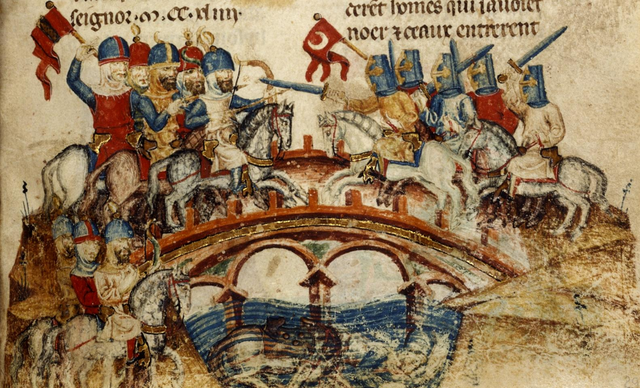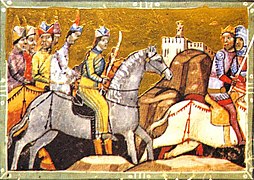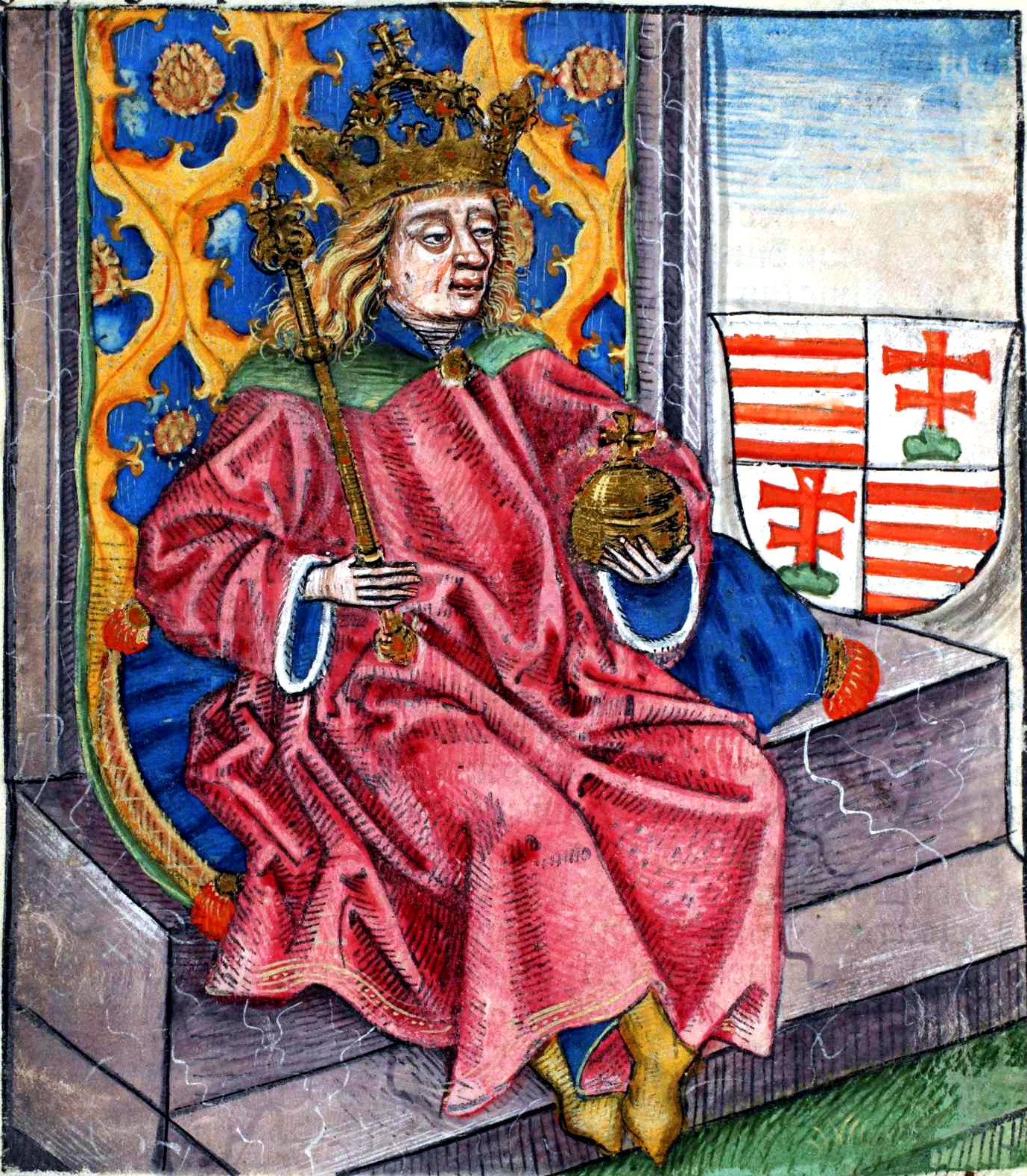Battle of Mohi and the destruction of Hungary

“Mit sietsz, nem hajt a tatár“– says one of the more commonly used idioms in Hungary. Best translated as “Why are you in a hurry, the Tatars aren’t chasing you”, the meaning of this phrase is unknown to most non-Hungarians. For those familiar with the history of the country, however, it is a symbol of one of the direst times the nation has experienced throughout its over one thousand years of existence. Let me tell you the story of the first destruction of the Hungarian state and what followed. This is the history of the Battle of Mohi and the First Mongol Invasion of Hungary.
Rising threat from the east
Our tale begins at the beginning of the 13th century. A Mongolian warrior, Temüjin, better known nowadays as Genghis Khan, had just united all the different tribes of his region and set out to conquer Central-East Asia. In a span of just 4 decades, Genghis and his son, Ögedei brought the entire steppe area under their fold. From the Black Sea to the Chinese coastline, everything came under the control of the infamous Mongol army.

The Mongol threat was not unknown to the Hungarian Kingdom’s nobility and its ruler, King Béla IV. A few years before the fall of Kyiv, they heard stories of this great eastern army. They were told of the threat by the Cumans – a Turkic nomadic tribe driven west by the Mongol conquest, who settled in Hungary a few years prior. They also received warnings from Friar Julian, a Dominican monk. He travelled east in the 1230s and brought back news of a possible invasion.
The Battle of Mohi
In the spring of 1241, the Mongol army led by Batu Khan made its way through the Carpathian Mountains. Having defeated the forces of Palatine Dénes Tomaj, the main contingent crossed the Verecke Pass and entered the eastern part of the kingdom. The combined Hungarian armies of the king, the bishops, and the high nobility of Hungary gathered on 10 April 1241, to meet them at the river Sajó, near the settlement of Muhi. This was the beginning of the Battle of Mohi.

After taking up defensive positions and successfully protecting the bridge from a Mongol attack, the Hungarian leadership thought their position was secure. This belief was further exacerbated when the Mongol forces seemed to initiate a withdrawal from the field of battle. However, this was a deception. It was a trick that the Hungarian tribes used as well just three centuries prior, in their own conquest of the Carpathian Basin.
Batu Khan’s forces faked a retreat, in order to confuse the king’s armies and get them to open up. This was successful, so they started a full-frontal attack early in the morning on 11 April. After having crossed the river at multiple points, they encircled the Hungarian camp and set it ablaze. In the chaos, it was impossible to organise a defence against the overwhelming attackers. The king and his companions resorted to fleeing the battle.

Aftermath of the battle
While King Béla IV managed to get away intact, many others did not. Two archbishops of Hungary, the younger brother of the monarch, as well as several prominent members of the higher nobility, lost their lives in or shortly after the battle. Béla first fled westwards, to Austria, and then all the way to the Croatian coastline. He finally found refuge on the island castle of Trau (Trogir) in the Adriatic Sea. Legend has it, that the Mongol pursuers were so close, that they even witnessed the king sailing with his family in a boat, towards the safe haven.

Unlucky for the Hungarians, the winter of 1242 proved to be extremely harsh. The Danube froze over, which permitted the Mongols to cross over the ice and bring destruction to Transdanubia as well. The castles of Buda, Székesfehérvár and Esztergom all came under threat. While the cities themselves turned to rubble, the castles held out, as there was no time to initiate long sieges.
Rebuilding
In the summer of 1242, the nightmare finally ended. With the death of the Great Khan, Ögedei, Batu and his armies left Hungary towards Belgrade. This was so they could return to the Mongolian homeland for the Khagan elections. This permitted Béla to return to his beloved Hungary after a year of constant flight.
What awaited him was something much worse than anything he could expect. Many regions of the country had been entirely depopulated, most cities and settlements were burnt to the ground, and royal authority had ceased to exist. In order to rebuild a devastated nation, King Béla IV launched a series of programmes, that gave him the nickname “The second home-founder”.

When the Mongols returned with a smaller force in 1285, the Hungarians were better prepared and defeated them this time. Following that attempt, they never returned, and the kingdom could finally rest. Until, of course, the rise of the Ottoman threat in the south 200 years later…
So why Tatars and not Mongols?
I would like to end this story with an explanation. Throughout the text, I have used the term “Mongol” to refer to the invaders. In Hungary, however, we actually call this the Tatar invasion. This comes from a misunderstanding of the time. The Tatars were a Mongolian steppe tribe, who were part of the original Mongolic Tribal Confederation. They played a huge role in the armies of the state as they were relentless, brutal and fierce warriors. We should not confuse them however with contemporary Tatars, who reside along the Volga River or in the Crimean Peninsula nowadays.
Source:






That was an interesting read.
So, have the people of Hungary demanded reparations for the losses, the crimes against them? That seems to be what all black people around the globe are doing these days….and getting away with it. Currently living strangers who had nothing to do with any crimes against the (many generations ago) people who can’t prove harm are demanding money & in many cases getting it, to shut them down. A slippery sloap.
This History lesson is important and interesting to read. Lets take more Historical stories and events about Hungary. Thanks to You who share this Historical knowledge. Happy days…..